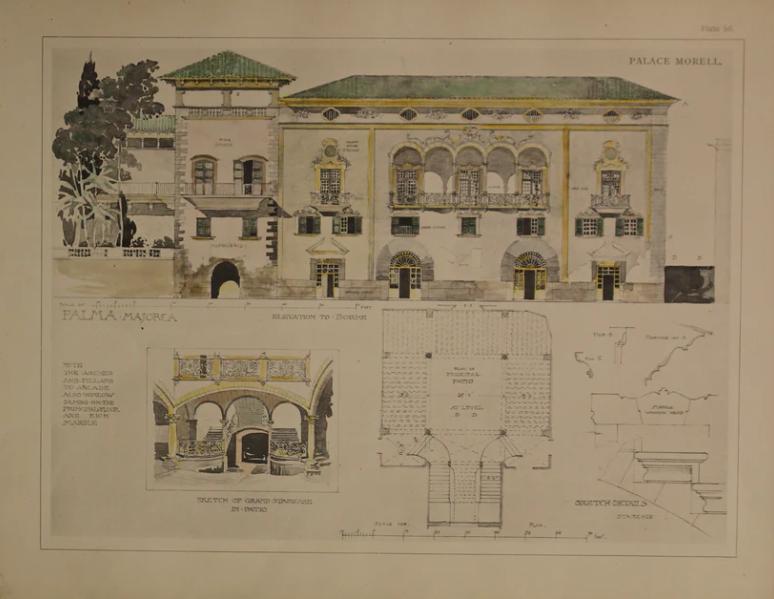Collecting historical prints can be a fulfilling pursuit, whether for personal interest, investment, or decoration. However, with numerous reproductions and fakes in circulation, it’s essential to verify a print’s authenticity before making a purchase.
In this blog, we will discuss how to identify genuine historical prints and ensure you’re acquiring pieces of true historical value.
1. Understand the Printmaking Techniques
Familiarise yourself with the types of printmaking techniques used during different periods, such as etching, engraving, woodcut, and lithography. These methods produce distinctive characteristics that can help in identifying an authentic historical print. For example, etchings typically show a slightly raised ink line, while woodcuts have bold, visible lines. Knowing these details can help you detect whether a print aligns with the time period it’s purported to be from.
2. Check for Watermarks
Watermarks, often found on the paper of historical prints, can provide clues about a print’s authenticity. Many historic paper mills had unique watermarks, allowing collectors to date and place a print’s origin. Hold the print up to the light to look for any watermarks. Cross-referencing the watermark with catalogues or databases can provide insight into the paper’s age and region.
3. Assess the Paper and Ink Quality
The paper and ink used in genuine historical prints are usually distinct from modern materials. Old paper, especially those from pre-19th century, often has a thicker, textured feel, as it was typically handmade. The ink on historical prints may also appear slightly faded or uneven, due to the organic materials used in traditional inks.
4. Look for Signs of Age
Signs of age, such as slight discolouration, foxing (small brown spots), and minor wear around the edges, are common in genuine historical prints. While it’s essential to check for age, be mindful that extreme damage could detract from the piece’s value. However, an overly pristine print might also suggest a reproduction.
5. Consult Experts or Obtain Documentation
If you’re unsure about a print’s authenticity, consult a professional or seek documentation. Reputable dealers and appraisers can provide insights based on experience and knowledge, often verifying details like provenance, technique, and artist background.
Conclusion
Verifying the authenticity of historical prints requires attention to detail and a basic understanding of historical printmaking techniques. By examining watermarks, assessing paper quality, and checking for signs of age, you can approach the world of historical prints with confidence, ensuring you acquire pieces that are genuinely valuable and historically significant.
